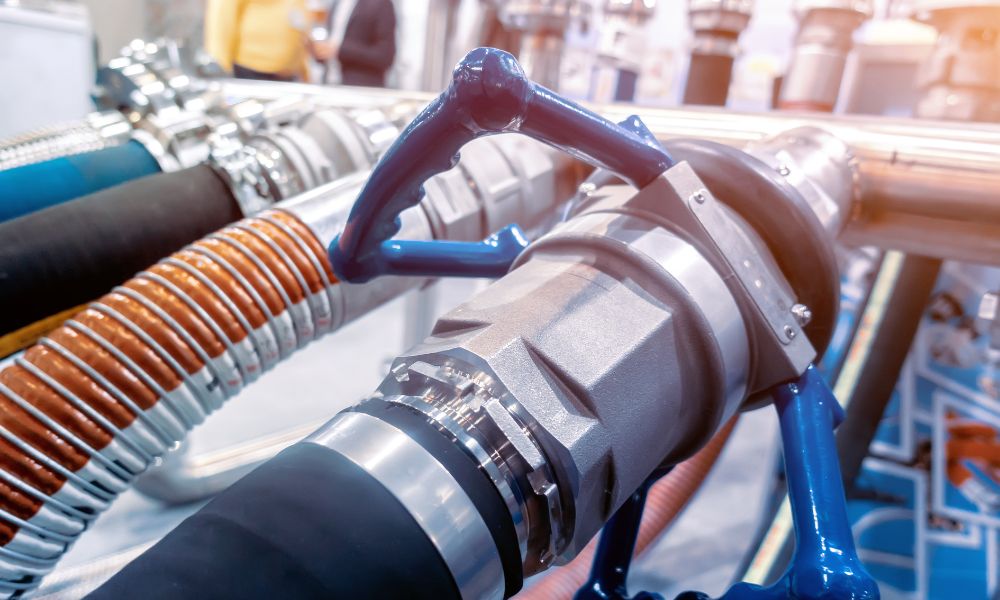4 Steps To Identifying Hydraulic Threads
Not sure what type of hydraulic thread forms you need to replace or repair? Our guide can help you identify the hydraulic threads in a few easy steps.
by Scot Ranney • February 22, 2023
In hydraulic hose assemblies, many different types of fittings and adapters have unique thread forms. While it’s fairly easy to distinguish sealings, threads are a bit tougher. Here are six of the most common threads:
- UN/UNF
- NPT/NPTF
- BSPP
- BSPT
- Metric parallel
- Metric tapered
Below, we’ll take you through identifying and designating unknown hydraulic threads in four simple steps.
1. Distinguish Parallel vs. Tapered
The first step to accurately identify a thread is to determine if it’s parallel or tapered. This simple division will eliminate half of the thread options available, as parallel thread forms include UN/UNF and BSPP, while NPT/NPTF and BSPT are tapered.
If you’re familiar with tapered and parallel threads, you can do this step with a simple visual inspection. For those unfamiliar, tapered threads appear smaller in diameter toward the fitting’s end, while parallel threads are consistent throughout. Consider keeping an example of parallel and tapered threads handy for quick comparisons.
2. Identify the Pitch
For the next step, you’ll need a pitch gauge to accurately and quickly determine the pitch of the thread. A pitch gauge is a simple tool that easily calculates the number of threads within a given distance. Threads have a distinct pitch, but the difference is subtle, so it’s best to use a few pitch gauges to determine which fits the best.
3. Determine the Size
With the results of steps one and two, you can choose the method for step three: determining the thread size. If it’s a pipe thread (NPT/NPTF, BSPT, BSPP), you’ll determine the size by comparing it to a simple nominal profile.
On the other hand, you can measure non-pipe threads (UN/UNF, metric parallel, metric tapered) with a simple caliper. While it’s often the case, remember that tapered threads may always be pipe threads—like in the case with metric tapered threads.
4. Designate Thread
By step four, you should understand whether it’s a parallel or tapered thread, the thread’s pitch, and its size. With all this information, you can properly identify and designate the hydraulic thread for future use.
You can easily identify threads with this information using a catalog or online database. Once identified, write down the thread and its information in an easy-to-understand format for future repair professionals.
At The Hose Shop, we’re experts in everything about hydraulic hose assemblies, from threads to custom hose assemblies. Contact our staff today if you need parts or services for your hose assembly.


